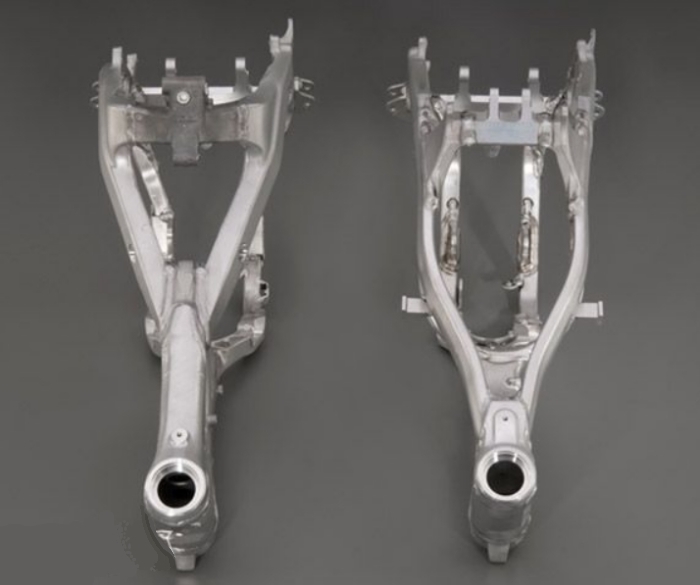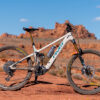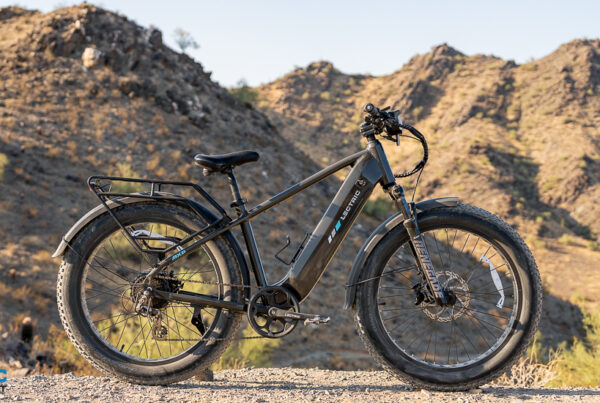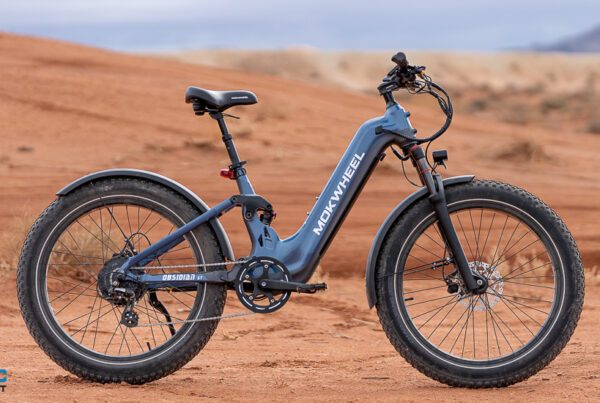This last year I’ve seen a boom in motorcycle conversions to electric drives, and after scanning the components used, it looks like the Quan Shun / QS cylindrical motors seemed to be popular, so let’s take a dig into what’s behind this trend.
______________________________________________
“Twin Spar” Frames
One of the reasons there are so many electric drive conversions for dirt bikes right now, is that a lot of them are getting to an age where they are showing up on the used market very cheap, with a worn engine that needs a rebuild.
Ten to fifteen years ago, there was a major shift in most frame designs that accidentally benefitted electric conversions. The biggest change is that the big frame designers evolved from a single back-bone top-tube, to a split top called a “twin spar”. The great thing about this change is that it makes the design of a large single battery pack MUCH easier.
Previously, I have seen custom battery packs used that were very oddly-shaped, or were made from two or three sections (click here) that were plugged together. Regardless of what construction configuration was used, it always ended up with the pack being smaller than would otherwise be possible.
This is no small consideration, since dirt bike E-conversions will never have super long range under the best conditions. In the pic below we wrote a feature on Jeremy Webbs Husqvarna conversion (click here), and the battery shape and size really impressed me. At the time, I thought a frame like this might be rare or hard to find, but I recently started digging around, and…all the big manufacturers are now using the twin spar design.
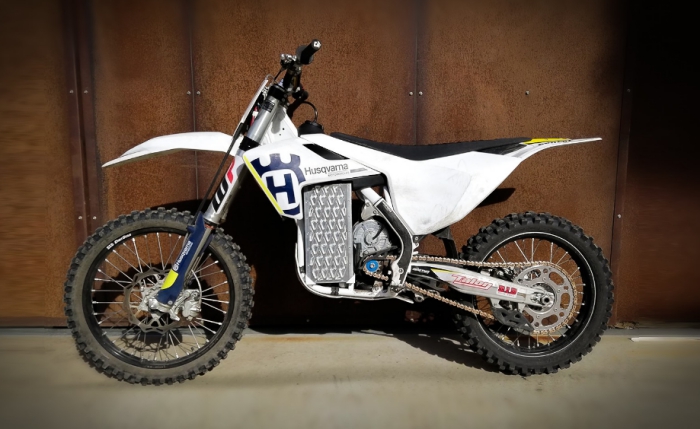
______________________________________________
QS Motors
We first heard about the Quan Shun company, it was for their large hubmotors back in August of 2015 (click here). Their popular model is the one that uses a stator that is 205mm in diameter, and 50mm wide. In China, the motors are measured on their side, and the “H” is the magnet “Height”. So it’s called the 205/50H. It is labeled as a “3000W” motor (*continuous), but hot rodders have often taken it to a 7,200W as a temporary peak (72V / 100A)
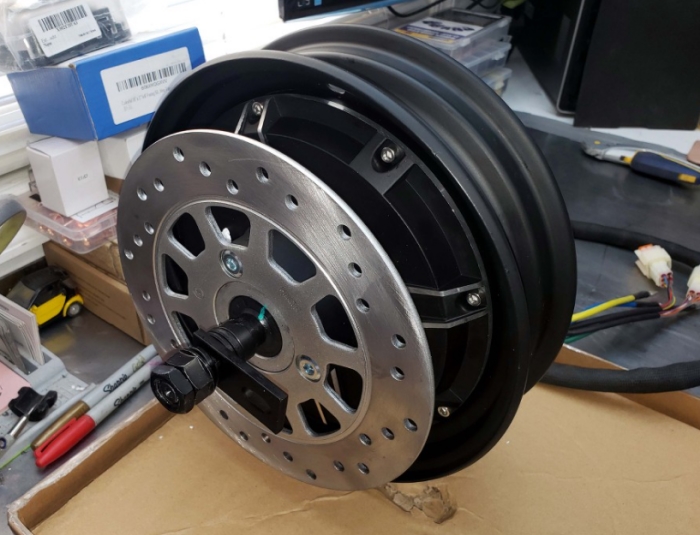
The pic above is one of their scooter conversion hubs, which do not take spokes for a bicycle/motorcycle. This one mounts the rim directly to the hubmotor to seat a 10-inch ID scooter tire (click here). China has been cracking down on the pollution in their largest crowded cities, so there has been a tidal wave of electric conversions, instead of junking your vehicle and buying a new one. The QS web-catalogue can be found by clicking here.
______________________________________________
Why QS?
I occasionally get messages, and a frequent question has been “Which frame makes a good conversion?”, or “I have a brand-X frame, so what motor and controller would work?”. I have lots of hands-on experience with electric bicycles and kits, but…E-motorcycles are hard to find for a test ride.
My typical response has been to recommend a turn-key E-motorcycle. For a youth or pre-teen, the Kuberg seems to be popular (click here). For a mid-sized adult dirt bike, the Sur-Ron has taken the US by storm over this last year (click here). For a full-sized off-roader, Zero has the FX model (click here).
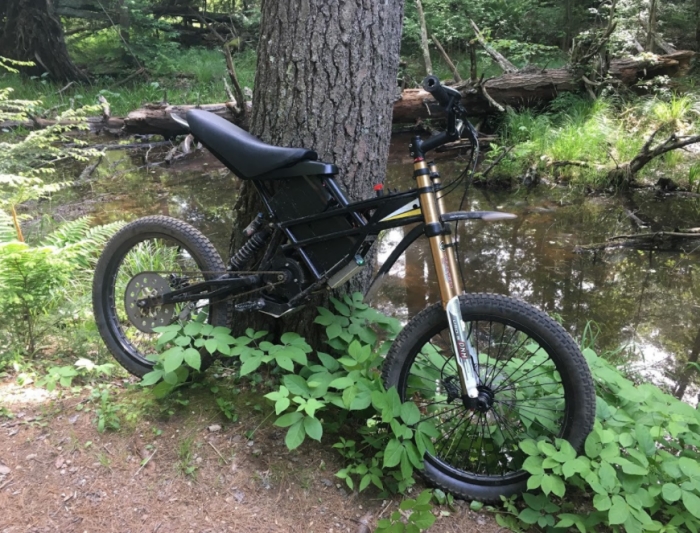
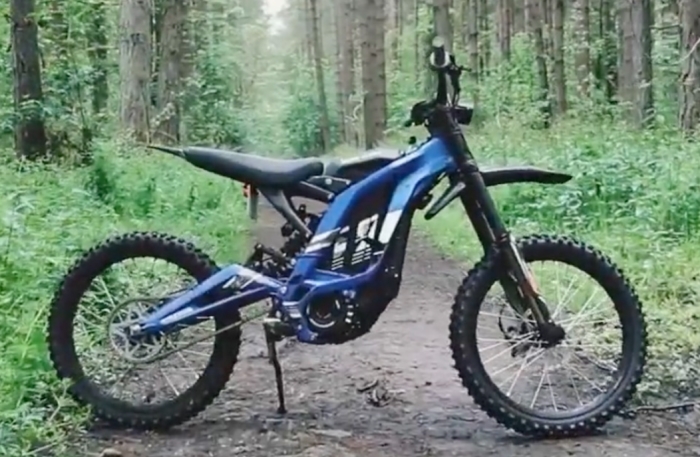
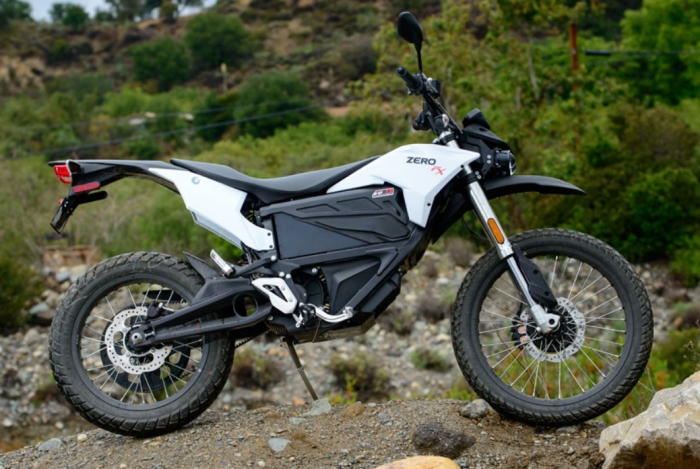
My previous reluctance to recommend any particular motorcycle frame or conversion kit wasn’t simply due to my lack of experience at that, it was also because of the limited choices of components, and the fact I haven’t seen any owners publishing the data since the last time I looked into this. I don’t want to say that something is popular, only to find out it has a lot of customer complaints. Sometimes a new product is selling well simply because it has no competition.
So…I recently started collecting data on motorcycle conversions. Which motor, controller, and battery types were the most common? There has been every possible motor you can imagine squeezed-in to whatever frame a builder could get for cheap. However…I noticed that recently, quite a few were using QS cylindrical motors. So far…the QS builders seem to be happy with them.
I typically recommend using the largest motor that would fit for a given conversion. For many builders, the sweet-spot for a small dirt bike is the QS 3000W (3kW) 138 / 70h V3 with a 45T/19T gear reduction built into the case (2.3:1 reduction).
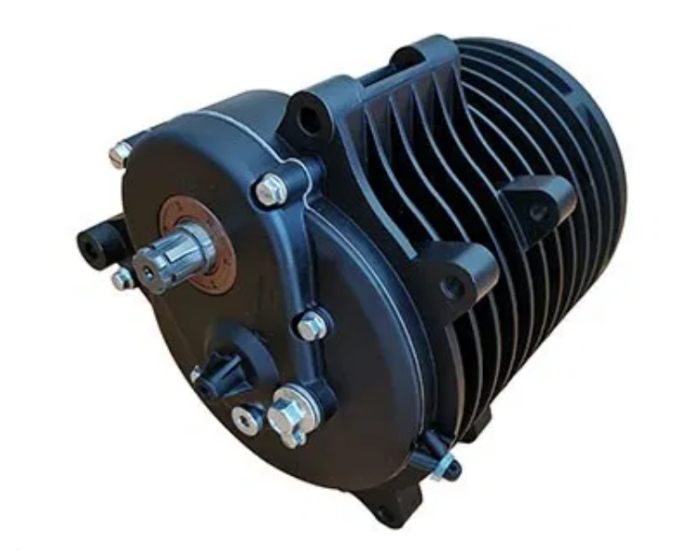
The 3kW motor above is the popular 138/70H , and this motor is also available without a geared-reduction, using just the standard splined shaft. But if you want more torque, they also have the 138 / 90h motor, rated at 4kW continuous. However, the larger 90H does not yet have any optional reduction for it.
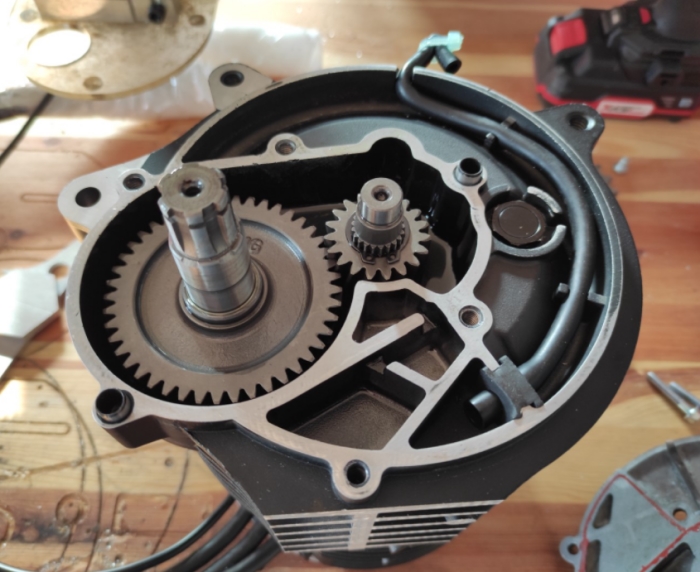
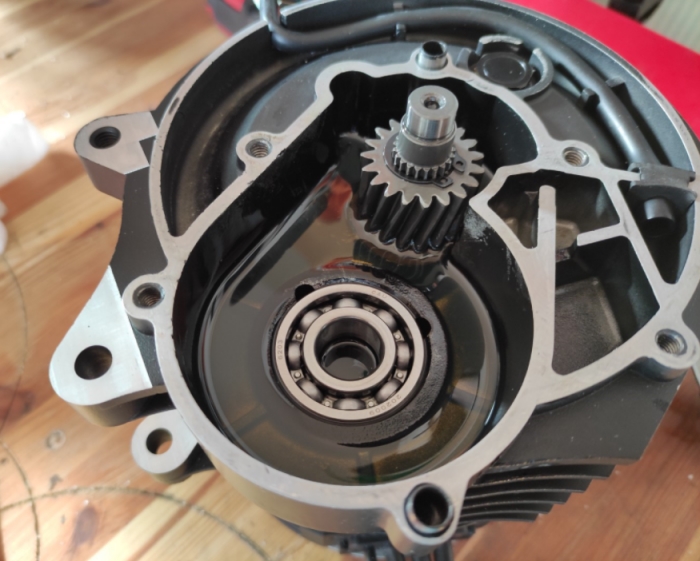
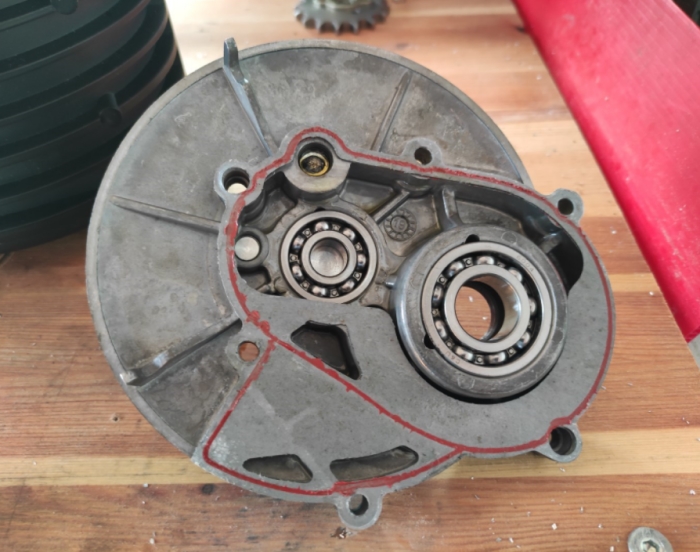

According to the builder: “…It’s the first time I rode an electric bike and I am hooked! It so much fun…It hits very hard, maybe I will need to de-tune it a bit…weight is 255 lbs, but it feels way lighter than that when moving. Feels lighter than my KTM….I have a lot of tuning to do, but as of now it feels like a 125 but with more torque down low…“
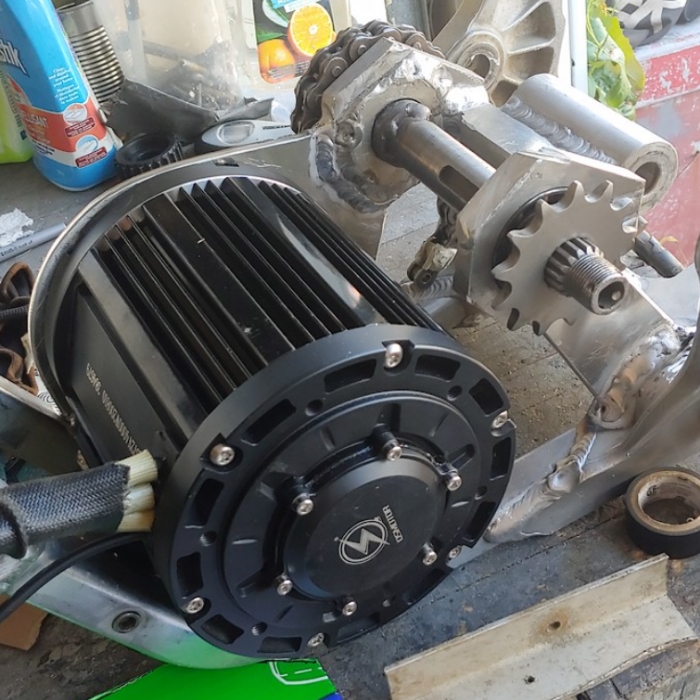
In the pic above, the 138/90H has a DIY chain reduction on the right side, which drives a jackshaft to the 13T final-drive sprocket on the left.
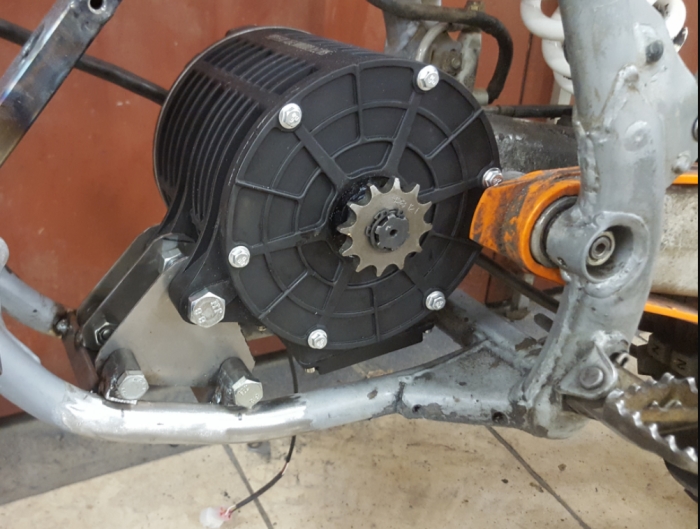
The 138 / 90h motors’ external dimensions are 217mm length, and a 162mm diameter (*8.5-inches long by 6.4). The shaft protrudes an additional 14mm (1.4-inches). It’s unlikely that anyone would fit a larger motor onto a dirt bike frame, but…if you want to look that up, the next size up in the QS catalogue is the 8,000W 171/100H (these numbers are the rotor size in millimeters, and in theory the bigger motor would be roughly 33mm larger in diameter, and 10mm longer).
______________________________________________
Controllers
On the QS website, they will sell you a 138/90H motor paired with any one of four controller brands. The APT, Kelly, Sabvoton, or…models from their partner Votol. Most builds I’ve seen use the Votol due to it’s affordable price, and they have two amp levels available that are tuned to work well with the two 138-series motors. The EM-150, and the EM 200.
For this controller series, the numbers in their name are the amps of continuous current, and the US retailer stated that the EM-200 can provide a temporary peak of 250A. The EM-150 is well-suited to the 138/70H, and the EM-200 is a good size for the 138/90H motor.
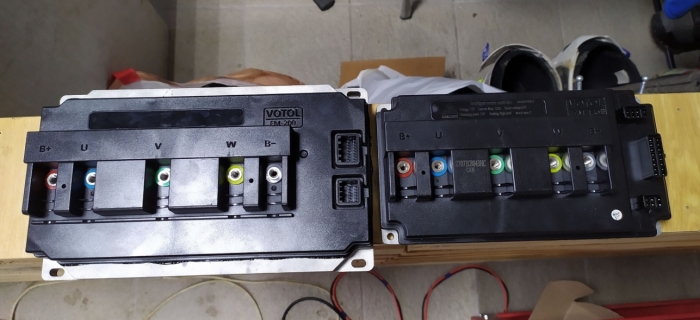
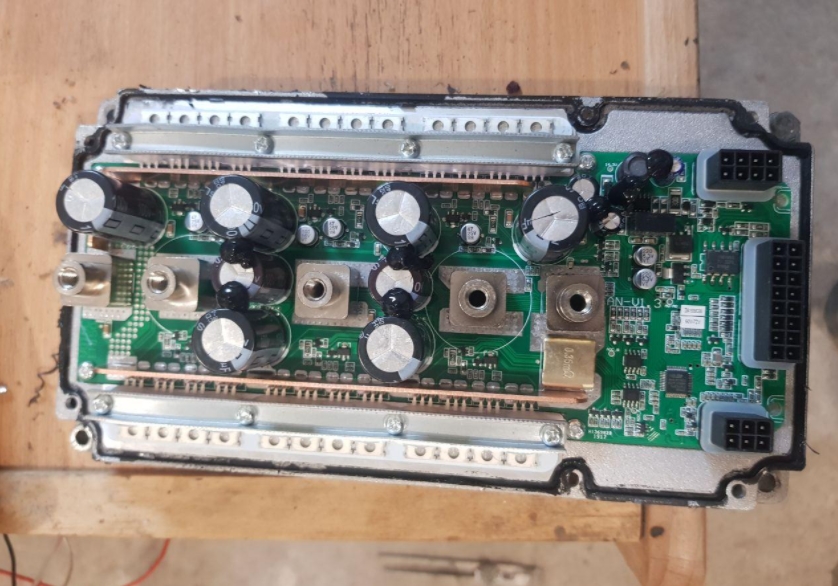
In the pic above, the EM-200 uses 24 MOSFET’s, which would be 8.4 continuous amps per FET. The dimensions of the baseplate are 285mm X 168mm, the thickness is 70mm (11.2 X 6.6 inches, 2.8 ” thick). The capacitors are maxed at 90V, and a 72V / 20S battery charged to 4.2V per cell is 84V, so there is a 6V safety margin for voltage spikes.
If you go to the Votol.net website, they also have controllers that are smaller like the EM-30 / EM-50 / EM-100, and aso…an even larger model, the EM-300
To be fair, I did find a video of a QS 138 motor being driven by a Kelly QS-KLS-8430H controller, seen here:
______________________________________________
Electro-Braap
When researching for more info on QS motors and their dirt bike conversions, I found several builds that had gotten their swap kit from “Electro and Company”, who goes by the web-avatar “Electro-Braap” on Facebook. They are located in Oakley, which is 51 miles east of San Francisco. You can get your questions answered on their Electro Braap facebook page (click here), or their Electro & Company website (click here).
Austin at Electro Braap verified that he keeps 10T and 11T sprockets in stock for the motors they sell.
______________________________________________
Whether you buy a turnkey dirt bike, or build an E-conversion, this last year has seen a huge bump in the number of people who have discovered electric dirt bikes. They are so quiet that they can be ridden anywhere, and their low-end torque numbers are phenomenal (don’t measure the electric motors’ power by the kW/horsepower, it doesn’t scale).
All that matters is the wheel-torque. To see what I mean, check out this video of a Kawasaki KX350 conversion with the QS 138/70H motor.
Riders of the popular Sur-Ron have said that it has the nimble lightness of a 125cc dirt bike, with the wheel-torque of a 250cc. The listed electric motorcycle horsepower numbers of all brands are ridiculously low for technical reasons, so the way to compare gassers to electrics is with the wheel-torque. That is the number one performance area where experienced riders say the E-motorcycles are clearly better.
When the flag drops, there is no clutch or shifting, and the electrics have full torque from the first RPM…Of course the low noise, and not needing a frequent top-end valve rebuild, clutch replacements, and oil changes is nice, too!
______________________________________________
How much can these motors do?
I found this youtube linked below, and at one point you can freeze the image and blow it up to see it’s a QS 138/70H “72V 3000W” with no gear reduction (he has small-diameter tires, so that’s OK). This isn’t a dirt bike, but I’m including this because he runs it at 96V and allows 300A peaks!
Brushless motors are very tolerant of a wide range of voltages, and the downside of adding more volts is finding the room to add more cells in series to raise the volts. The big amps using the Votol EM-300 have to be taken VERY carefully to ensure you don’t overheat the motor. In fact I would definitely pull the motor apart and add a heat sensor for a digital readout to warn me when I need to let things cool down a bit.
96V x 300A is 28,000W, which is a little nuts, but…an engineer from Zero told me that if you have enough power, the vehicle will accelerate so fast that you are not drawing max amps for very long.
The DIY battery pack is made from 26 BMW hybrid cells from a salvaged car wreck (26S). Full electric cars have a large pack so they can use cells that are optimized for long range, but a hybrid car has a gasoline engine along with a small battery pack, so the small pack must be able to provide full performance, which means hybrid cells are optimized for high amps without overheating.
The 96V of the pack is the nominal average voltage, and when fully charged to 4.1V per cell, its 107V, which is right at the edge of the voltage that the Votol controllers can use.
______________________________________________
Links
The QS website can be found by clicking here.
The Votol controller site is here.
And the Facebook page for Electro Braap can be found here
And their company site is Electro & Company, (click here)
HEY!…If you liked the videos of E-conversions, here are 80 of them from the Electro Braap youtube channel (click here)
______________________________________________
Written by Ron/spinningmagnets, April 2021
Source link

